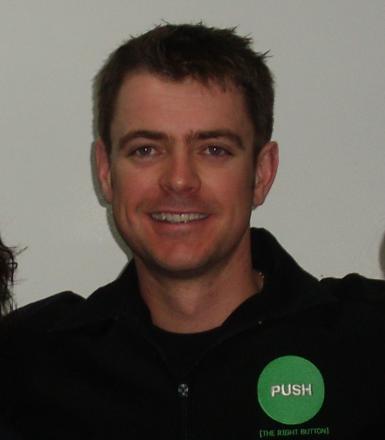System for building strong walls
‘You are only as strong as your weakest link’.
I have said it time and time again that you must consistently stimulate your body for lasting results! The body does not want to maintain muscle because muscle, simply put, uses too much energy. It is our body’s survival response to protect the energy we have in case of starvation. This makes sense in the case of body building as you consistently have to work at it. Your natural size might be 80 kilograms and in order to be 90 kilograms you have to live like a 90 kilogram person, which includes sleep, nutrition and the correct stimulus, which all takes time and more time for some than others.
Understand that we are made up of different shapes and sizes. The way you are is the way you are and the way I am is the way I am. To change this over an 3 month period is not going to be effective in the long and really is only going to give you long enough time to ‘learn’ about your body. Simply put if you look at training for ‘summer’ then you don’t get it and although it is a great motivator, remember ‘motivators get you started but habit keeps you going’, so I urge you to look at this for the long term and you will be rewarded with quicker, easier, efficient and more enjoyable workouts.
Would you like to be stronger all year round? Do you feel good when your body is responding positively to the demands you are placing on it? How do you feel when you stop this and tell yourself, ‘I have to get back into it?’ Not good. Of course! It is far more positive to remain stimulated and healthy and most of all it is not that hard. Using myself as an example I would resistance train no more than 2 times per week, as an average over the year, yet I can bench well over 100, squat over 150 and chin my bodyweight 15 times, dead-lift 150, jump high, run fast, touch my toes and my size remains the same. I did however have to train 3-4 times a week, for the years before recently, to ‘earn’ this right of maintenance training!
Your tendons and ligaments are slower to adapt to weight training than muscles and this is one reason injuries occur, as when you try to add muscle fast, you can overload the other supportive structures (foundations) that are not up for it. This is like placing the roof on the walls before the walls are tied together. You then add more weight, speed or other training variables (an earthquake) and wonder why you get injured (the house falls down).
Bone adaptations
“Activities that stimulate bone growth need to include progressive overload, variation of load, and specificity of loading (Conroy, Kraemer, Maresh, & Dalsky, 1992).”
Specificity of loading refers to exercises that directly place a load on a certain region of the skeleton. Interestingly, I have learned that with osteoporosis, the sites of fractures that are most devastating are in the spine and hip. This means that it would be important to slowly progressive overload, so the bone and associated connective tissue are not asked to exceed the critical level that would place them at risk. Programs to increase bone growth should be structural in nature, including exercises such as squats and lunges.
Bone growth and strengthening of cartilage can take 18-24 months.
Muscle fibre adaptations
The increase in size of muscle is referred to as hypertrophy. Long term hypertrophy is an increase in muscle size and is associated with long-term resistance training. Increases in the cross-sectional area of muscle fibres range from 20% to 45% in most training studies (Staron et al., 1991). Muscle fibre hypertrophy has been shown to require more than 16 workouts to produce significant effects (Staron et al., 1994). This is why training over winter is important to get stronger for summer!
Body composition adaptations to resistance training
Resistance training can increase fat-free mass and decrease the percentage of body fat. It is well known that there is a positive impact of increasing energy expenditure during the exercise session, during recovery, and on maintaining or increasing fat-free body mass while encouraging the loss of fat body weight
‘You grow outside the gym, not in it’!
This quote states clearly, recovery that has the biggest affect on growing muscle. Your metabolism remains elevated for 12-24 hours, depending on the intensity and volume of the session (volume has the largest affect), so it is necessary to replenish energy lost and allow adequate protein to help repair muscle damage. Sleep, protein and carbohydrates are essential and reducing stress is also a good idea so that hormone reactions are focussed on building muscle and not stressing the system which will have an adverse affect.
To summarise, your walls are the next step from foundation training and the point here is to be ‘consistent’. Keep chipping away at it, week in and week out, even if it is only 1 session. (It has been well documented that one strenuous strength session per week will increase muscle mass due to overcompensation- the body’s reaction to a stimulus which has it compensating in order to handle it with better ease in future- and this can last up to 14 days depending again on intensity and volume.
Earn the right for this intensity and volume!

OPEN 24/7
3-4 Keele Place Kidman Park
South Australia 5025
(08) 8353 5533
info@vivafitness.com.au


